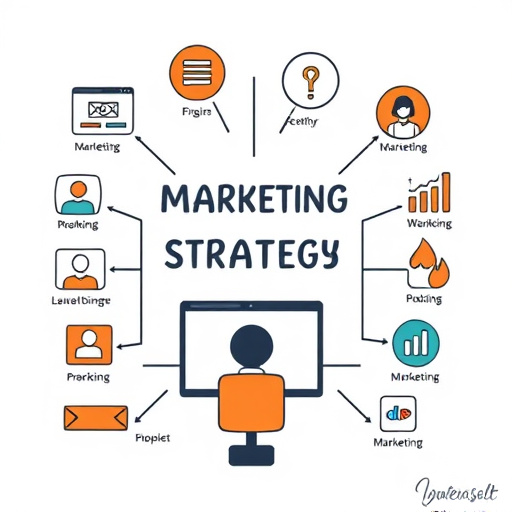Before redesigning a website professionally, define goals like improved user experience, SEO, or modern branding. Understand your target audience through customer analysis. Conduct an audit of existing site strengths and weaknesses, focusing on mobile-friendliness. A successful redesign includes visually appealing, user-friendly design with responsive layout, high-quality visuals, intuitive navigation, and interactive elements; it also optimizes for local SEO to attract nearby customers seeking professional website redesign services.
Planning a successful professional website redesign requires strategy and vision. This comprehensive guide walks you through transforming your online presence, from setting clear goals and understanding your audience to auditing existing content for strengths and weaknesses. We’ll explore how to create a visually compelling design and enhance user experience, ensuring your new site engages visitors and achieves your business objectives. Let’s dive into the process of building an effective digital storefront.
- Define Your Redesign Goals and Audience
- Audit Existing Website for Strengths and Weaknesses
- Create a Compelling Visual Design and User Experience
Define Your Redesign Goals and Audience

Before jumping into a professional website redesign, clearly define your goals and understand who your target audience is. This step is crucial for any successful redesign project. Consider what you want to achieve with the new site; is it to enhance user experience, improve search engine optimization (SEO) services near me, or showcase your brand in a more modern light? Setting specific goals will guide every decision from layout and content to functionality and navigation.
Knowing your audience is equally vital. Analyze who your current customers are and what they value most on your site. This could involve conducting surveys, gathering feedback, or examining analytics data. Tailoring the redesign to meet their needs and preferences not only creates a more engaging experience but also encourages them to convert and stay longer on your page. Remember, a well-defined target audience ensures that your website design agency’s efforts align with your business objectives.
Audit Existing Website for Strengths and Weaknesses

Before embarking on a professional website redesign, it’s crucial to conduct a thorough audit of your existing site. This involves evaluating every aspect from user experience and loading speed to visual aesthetics and content relevance. Identify strengths that are performing well in terms of engagement and conversions. These could include effective calls-to-action (CTAs), high-quality visuals, or compelling blog posts that drive SEO marketing services. At the same time, pinpoint weaknesses that hinder your online presence, such as a clunky interface, outdated content, or slow page load times. Understanding these elements will guide your redesign strategy and ensure your new site leverages the strengths while addressing the shortcomings of your previous web design Arlington.
Focus on mobile-friendly website design as part of this audit. With the majority of internet traffic now coming from mobile devices, a responsive design that adapts seamlessly to different screen sizes is essential. This will not only enhance user experience but also positively impact your search engine rankings. By thoroughly analyzing these factors, you lay the foundation for a successful professional website redesign that resonates with your target audience and drives business growth in the competitive digital landscape.
Create a Compelling Visual Design and User Experience

A successful professional website redesign goes beyond mere aesthetics; it’s about crafting a visually appealing and user-friendly experience that keeps visitors engaged. Incorporate a modern, clean layout with ample white space to enhance readability and guide users through your content effectively. Utilize high-quality visuals, such as compelling photography and graphics, to showcase your brand identity and highlight key offerings. Ensure the design is responsive, adapting seamlessly across various devices and screen sizes, especially with the increasing reliance on mobile web browsing.
Focus on intuitive navigation to streamline user journeys. Simplify menus and make essential pages easily accessible. Integrate interactive elements like video content or animated infographics to break up text-heavy sections and capture attention. Remember, a well-designed website not only captivates visitors but also improves conversion rates. Additionally, optimize for local SEO by integrating Google Business Profile features, ensuring your business information is accurate and prominent on both your site and Google Maps, thereby attracting nearby customers seeking your services (SEO services near me).
A successful professional website redesign involves clear goal-setting, understanding your audience, and crafting an engaging visual experience. By defining specific objectives, auditing the existing site for improvements, and prioritizing user experience, you can create a modern, effective online presence that captivates visitors and advances your professional goals. This strategic approach ensures your redesign resonates with your target market and drives tangible results.














